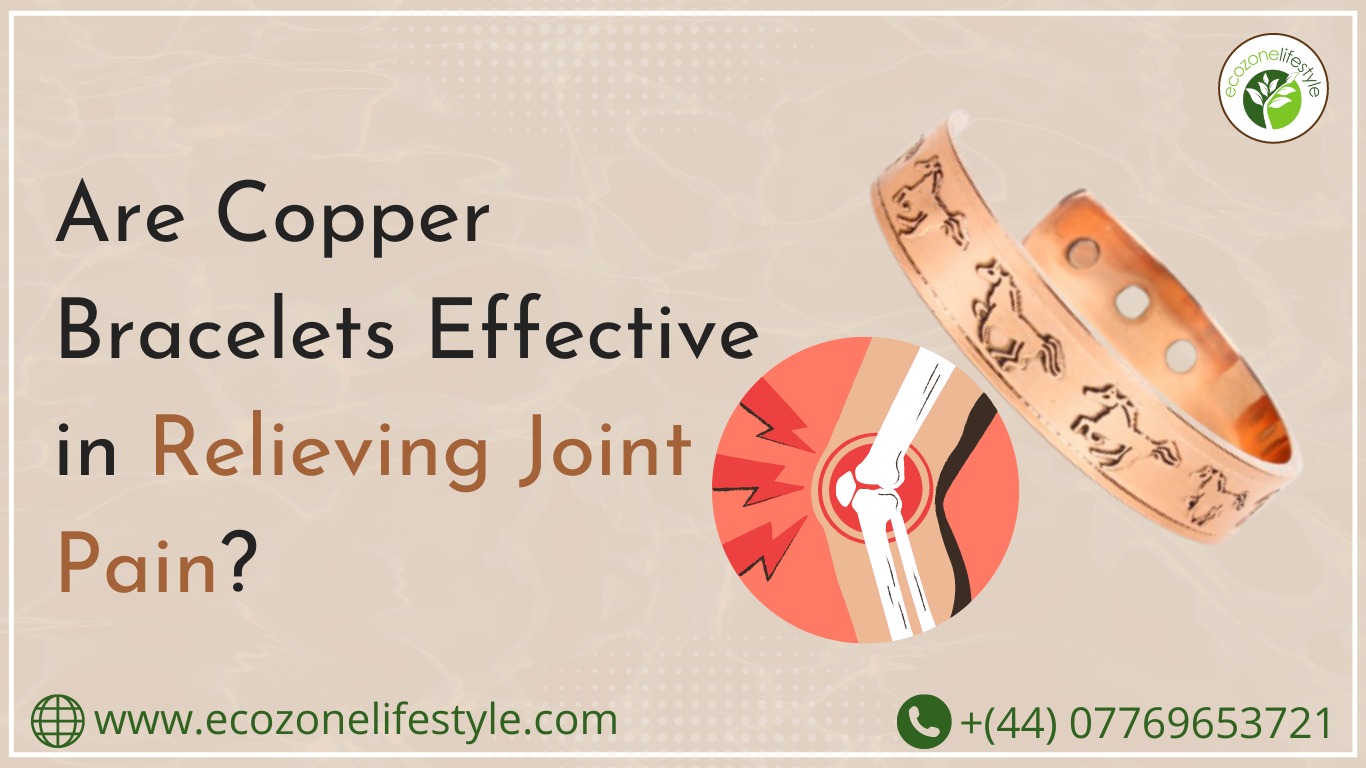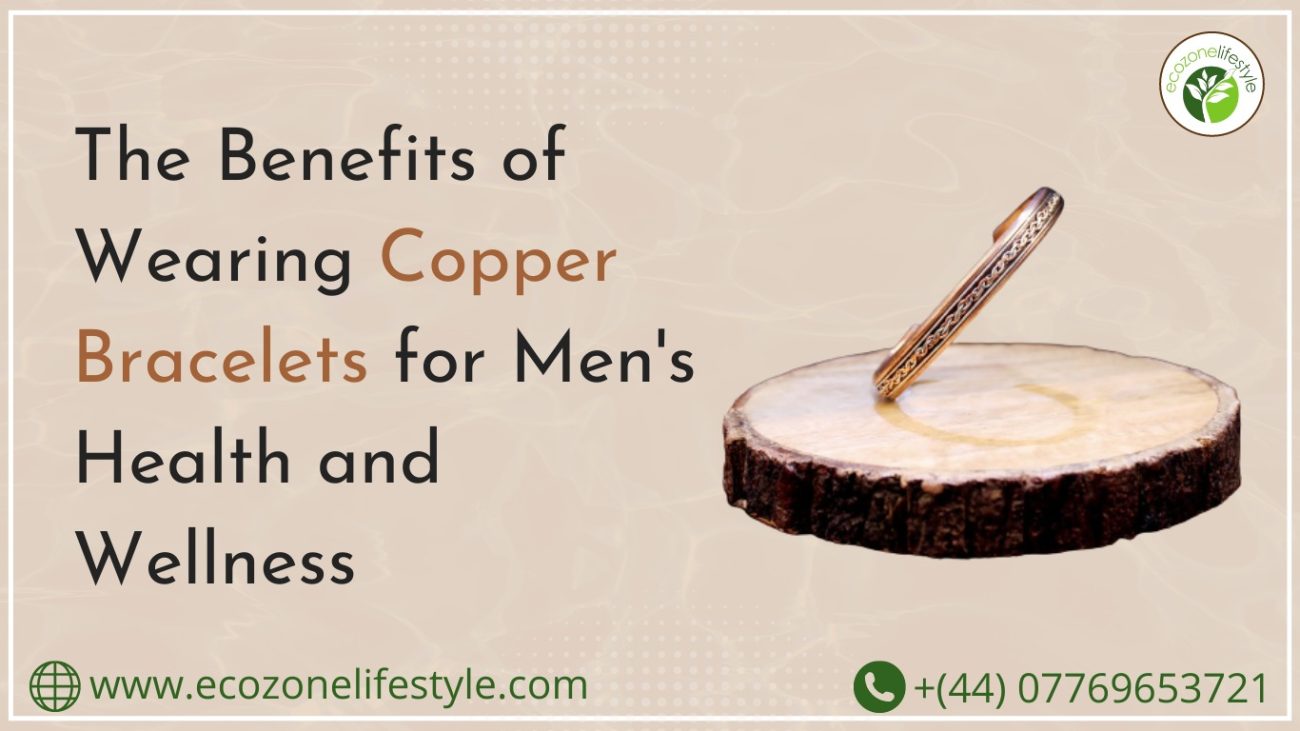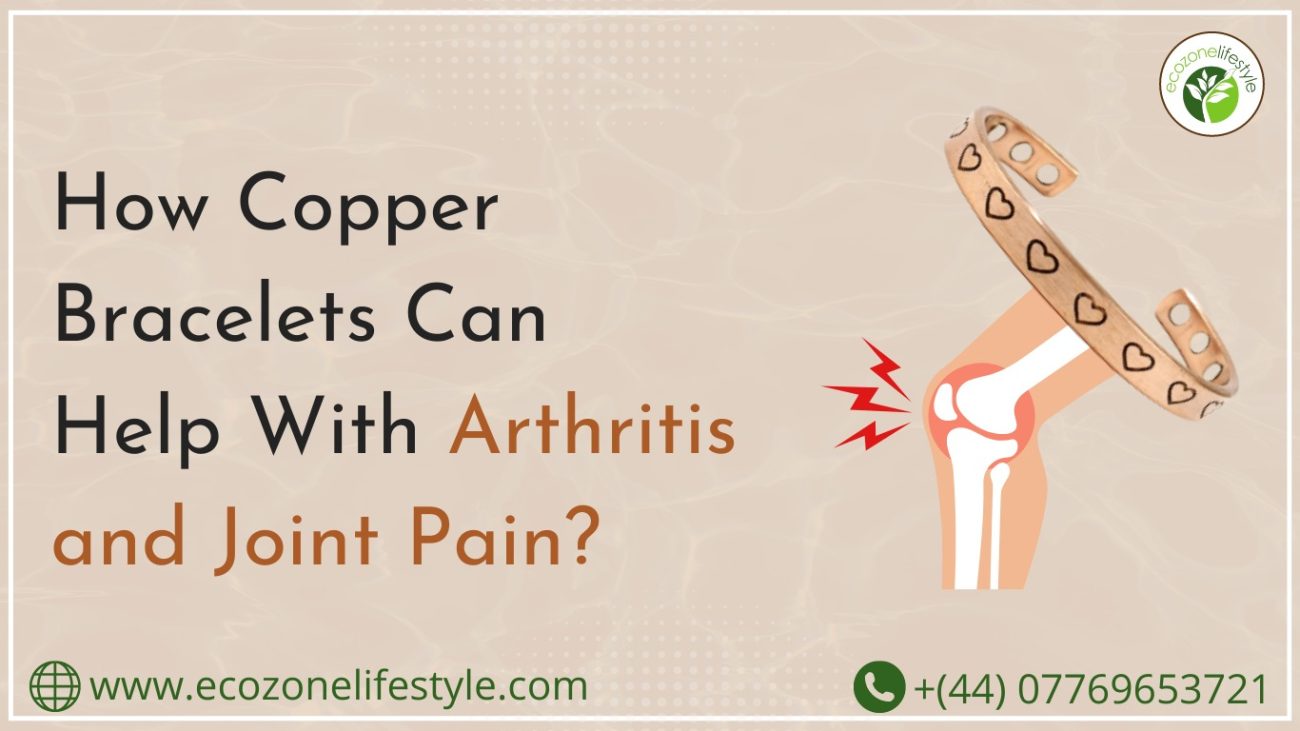When it comes to finding relief from joint pain, individuals often seek out various remedies, from over-the-counter medications to physical therapy. In recent years, another option has gained popularity: copper bracelets. These shiny accessories have captured the attention of those searching for alternative solutions, with claims of reducing inflammation, promoting circulation, and ultimately alleviating joint discomfort. But amidst the buzz and anecdotal success stories, it’s crucial to examine the scientific evidence behind the effectiveness of copper bracelets in relieving joint pain.
This blog aims to delve into the topic and uncover the truth about whether copper bracelets can truly provide relief for joint pain. By critically analyzing the available research and understanding the mechanisms involved, we can separate fact from fiction and gain a clearer perspective on the potential benefits and limitations of copper bracelets as a therapeutic option.
Copper bracelets have long been touted as a natural remedy for relieving joint pain and arthritis symptoms. Proponents of copper bracelets claim that the metal can be absorbed through the skin and provide anti-inflammatory benefits, resulting in reduced pain and improved mobility. However, it is important to examine the scientific evidence before drawing any conclusions.
To date, there is limited scientific evidence to support the effectiveness of copper bracelets in relieving joint pain. Several small-scale studies have been conducted, but the results have been inconclusive and often conflicting. Some studies have reported modest improvements in pain and mobility, while others have found no significant difference between copper bracelet wearers and those using a placebo.
One randomized controlled trial published in the journal PLOS ONE in 2013 investigated the effects of copper bracelets on osteoarthritis pain. The study involved 70 participants with symptomatic osteoarthritis of the hip or knee. The results showed no significant difference in pain reduction between the group wearing copper bracelets and the group wearing a placebo bracelet.
It’s worth noting that the placebo effect may play a role in the perceived benefits of copper bracelets. The belief in their effectiveness can create a psychological expectation of pain relief, leading to a subjective improvement in symptoms. Additionally, wearing a bracelet can serve as a reminder to take care of one’s joints, leading to better self-care and potentially reducing pain.
While copper bracelets are generally safe to wear, some individuals may experience skin irritation or allergic reactions. Therefore, it is advisable to consult with a healthcare professional before trying copper bracelets, especially if you have any existing skin conditions or allergies.
In conclusion, the effectiveness of copper bracelets in relieving joint pain remains uncertain based on the current scientific evidence. While some individuals may report subjective benefits or experience a placebo effect, the results of studies investigating copper bracelets have been inconclusive and often conflicting. It is important to approach the use of copper bracelets for joint pain relief with skepticism.
If you are seeking relief from joint pain, it is recommended to explore evidence-based treatments and consult with a healthcare professional for appropriate management options. There are various proven methods for managing joint pain, including medication, physical therapy, exercise, weight management, and alternative therapies such as acupuncture or heat/cold therapy. Working with a healthcare professional can help determine the most effective approach for your specific condition and provide personalized recommendations for pain relief.







